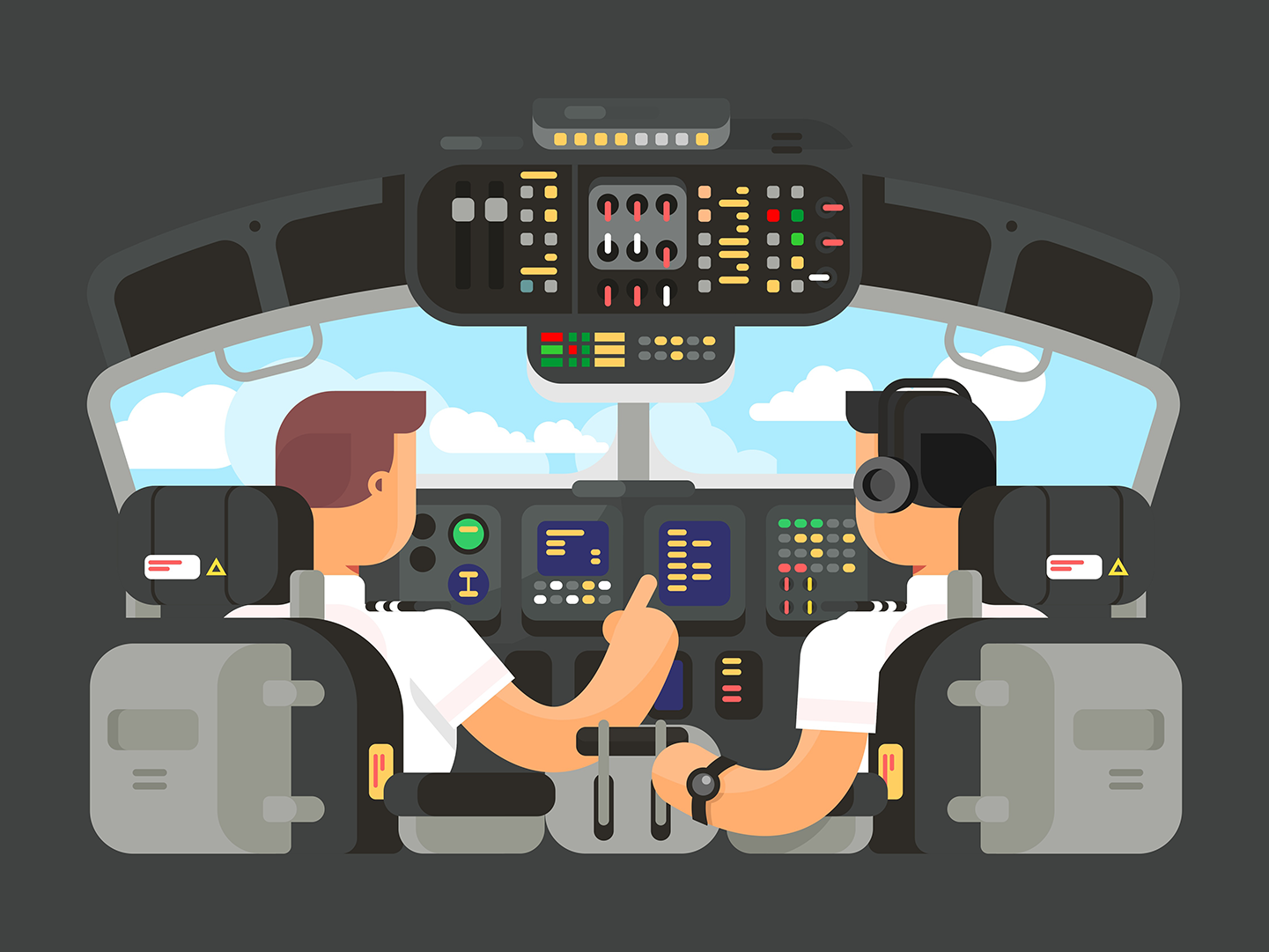Misconceptions in Artificial Intelligence
Overview
Over the past decade Artificial Intelligence (A.I.) has seen a rapid growth in adoption in a range of industry verticals such as automotive, telecommunications, healthcare, life sciences and high-tech manufacturing. Adoption of A.I. in travel has not kept pace with the leaders but this is set to change in the next few years. Make no mistake, we will live to see an A.I.-enabled landscape. There are opportunities in the travel industry for A.I. in all three broad categories – robotic process automation, cognitive insight, and cognitive engagement.
A.I. as a concept is extremely broad in scope and encompasses natural language processing, machine learning and deep learning. Facial recognition, self-driving autonomous cars and chatbots are some of the more well-known applications of AI. However, it is important to realize that AI has its limits and is not a panacea for any problem that needs to be solved. Instead it plays an important complementary role in enhancing as well as creating new value propositions. Charter and Go is uniquely positioned to address these A.I. traps, and is actively developing the best models without succumbing to the A.I. hype.
A.I. Misconceptions
So, what are the common misconceptions of A.I.? Here are a few examples:
“Natural language processing (NLP) is automated and requires very little human intervention”. This is not true since context is important to make the right recommendation. Facebook, for example, employs over 15,000 human content moderators to monitor its algorithms, which is twice the number of employees it had merely two-years ago. A key problem is that translation services from leading vendors all suffer from the same problem, that they do not understand the basic structure of language. Concepts like verbs and nouns are alien and hence it is difficult for a machine to understand the context for a conversation.
“Using scientific A.I. algorithms prevents human bias from entering the equation.”
There is no magic in A.I. and calibrating an A.I. model is based on past data. For example, Amazon.com recently received a huge backlash for its human resources hiring algorithm. It was calibrated from historical data that implied from the model that most successful software engineers are males. Based on the data used for the calibration exercise, the model taught itself that male candidates were preferred leading to a discriminatory hiring bias. It was reported in 2018 that Amazon.com abandoned its AI recruiting tool that favored men for technical jobs.
“A.I. means you don’t have to understand something”
Some data scientists have argued that machines could make the right prediction if they were provided with petabytes of data. Data driven black-box prediction models can succeed but they can also fail. They usually fail because of an absence of understanding of the business domain and the underlying business process, which leaves no room for interpretation.
That is why it is important to understand the conditions relevant to the business process and extract the key variables required to understand the problem. The act of understanding the problem and deciding what variables makes sense is called feature engineering.
“A.I. can figure out a system”
In reality, A.I. has no notion of cause and effect and interpretation of the output as a function of a set of inputs is difficult if not impossible. For example, consider a convolution neural network model that has been trained to identify cats in images. However, when the task at hand is to identify dogs in images for example, it will likely lose some of the expertise it had for the original task. Computer scientists call this problem ‘catastrophic forgetting.’ These shortcomings are because AI systems try to relate events of one type with events of another type but cannot determine what activities directly influence other activities.
The Way Forward
Artificial intelligence can be an excellent tool that aids humanity. But the A.I. models are only as good as the data they ingest to correlate inputs and outputs without an understanding of the broader context. A.I. does not think for itself. It performs a set of actions it “learns” from pattern recognition. And A.I. solutions need extensive testing and monitoring.
Misconceptions in A.I. are important for us to understand and remember. I’m working with a new startup, Charter and Go (https://charterandgo.com), which will use machine learning in areas that allow us to automate processes that have typically been managed by an individual. As someone who has worked in travel for three decades, I realize that new models for a new startup are always tricky, and it is important to keep some famous follies by famous researchers and companies in mind.

Ross Darrow – Chief Scientist






